Streets of fire: two New York City disasters converge in space and time.
Two similar disasters, one in 1911, another in 1958, occurred within a 5-block area. How are they linked?
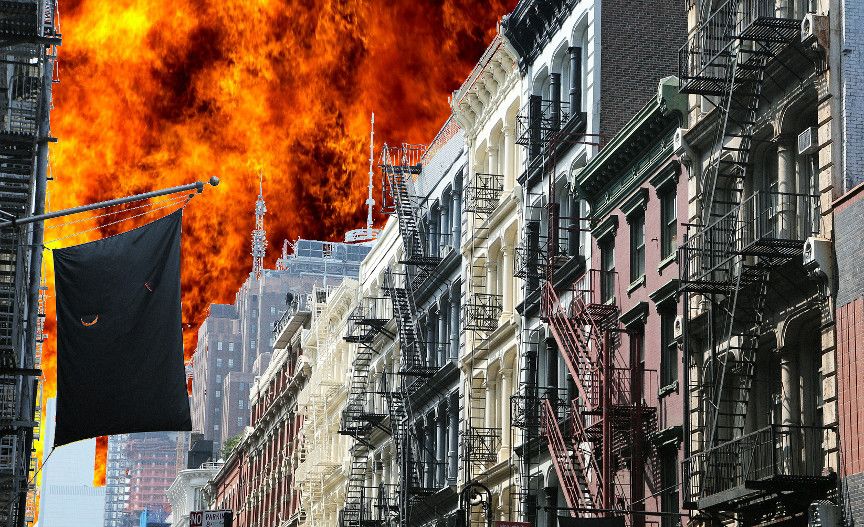
Sixty-five years ago this week, on March 19, 1958, a fire broke out in the workroom loft of a business called the Monarch Underwear Company, located at 623 Broadway, New York City. The fire began at about 4:30 PM and was apparently started by a faulty oven. As flames ripped through the loft, igniting reams of cloth and wooden tables, employees of the company stampeded to get away. Some jumped from the windows of the flaming building, but not all of the jumpers landed in firefighters' nets on the street below. Six died when they hit the pavement. A total of 24 people were killed in the Monarch Underwear Company disaster, another 15 wounded. An investigation into the fire revealed the startling fact that the company was not violating any fire codes at the time. Robert Wagner, then Mayor of New York, pressed for increased fire safety codes in the city including mandatory sprinkler systems. Had there been sprinklers at 623 Broadway, the disaster might have been averted, or at least much lessened in severity.
If this story sounds familiar, it should, because disasters like it had occurred before in the history of New York City. In fact, even down to its name, the Monarch Underwear Company fire resembles the granddaddy of sweatshop fire tragedies, the infamous Triangle Shirtwaist Fire of 1911. The similarities extend even farther than you might think. The Monarch Underwear Company at 623 Broadway was located just five blocks from the site of the Triangle Shirtwaist company, at 23 Washington Place. And the Triangle Shirtwaist fire also occurred in late March (March 25, 1911, just a few days short of 47 years before the Monarch blaze). What we have here is a bizarre convergence of similar disasters both temporally and geographically, which casts an interesting and macabre light on the labor, architectural and environmental history of New York.
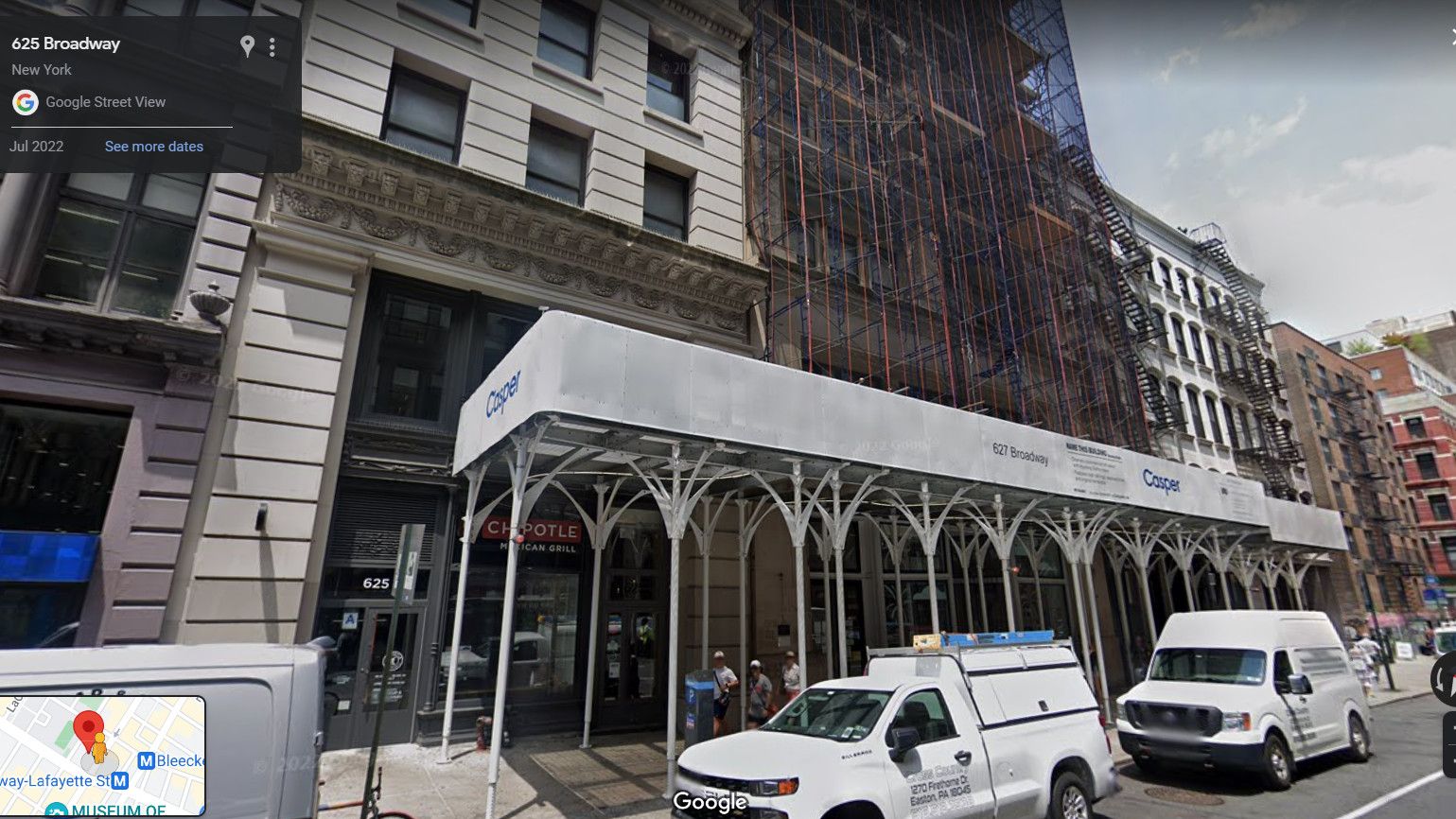
The Triangle Shirtwaist blaze is one of the best-known industrial disasters in American history. On March 25, 1911, a small fire began, possibly from a match or cigarette, in a scrap bin under one of the workers' tables. The factory was filled with women, mostly immigrants, sewing cheap clothes--"shirtwaists"--for wages that, adjusted for inflation, fall well below today's legal minimum wage (which itself is shockingly low to begin with). The managers of Triangle Shirtwaist were vigilant in their demands on their employees' time, and for that reason barricaded most of the doors to prevent the women from slipping out to take unauthorized breaks. When the fire roared through the 8th floor sweatshop, women stampeded to get out. Many burned to death. Just as would happen at Monarch nearly a half-century later, some leaped from the windows to escape, and met their deaths on the pavement below or were hideously impaled on the spikes of the iron fence surrounding the property at street level. A total of 146 people died in the disaster, which highlighted not only the need for better fire safety, but the perilous conditions in which textile and factory workers toiled for wages that could hardly compensate them for the danger.
Psychologist Carl Jung famously believed that nothing in the world was a coincidence. There are plenty of rational explanations--historical, economic, demographic, legal, even psychological--to explain why two eerily similar fires, with remarkably similar outcomes, occurred within five blocks of each other in New York City 47 years apart. This part of Manhattan is known as the Garment District, where inexpensive clothes were made for decades. The economics of the garment business don't appear to have changed much between 1911 and 1958. The transition of laboriously hand-crafted clothes made in the home to mass-produced garments made in factories and sweatshops was one of the economic and social innovations of the 19th century that accompanied (and in many cases drove) the Industrial Revolution. The sweatshops of Manhattan of the 1910s where immigrant women made clothes for pittance wages still exist today, but they're not in Manhattan: they're located in the developing world, places like Bangladesh, Vietnam and Guatemala. So it's rationally quite predictable that tragedies like these might happen again in roughly the same place. As a clinical psychologist Jung's theories have long-ago been discredited, so he is today better regarded as a philosopher rather than a scientist. But like Jung, I can't help but wonder if the temporal and geographical conversion of these disasters is linked to something deeper within our society or our collective psyche.
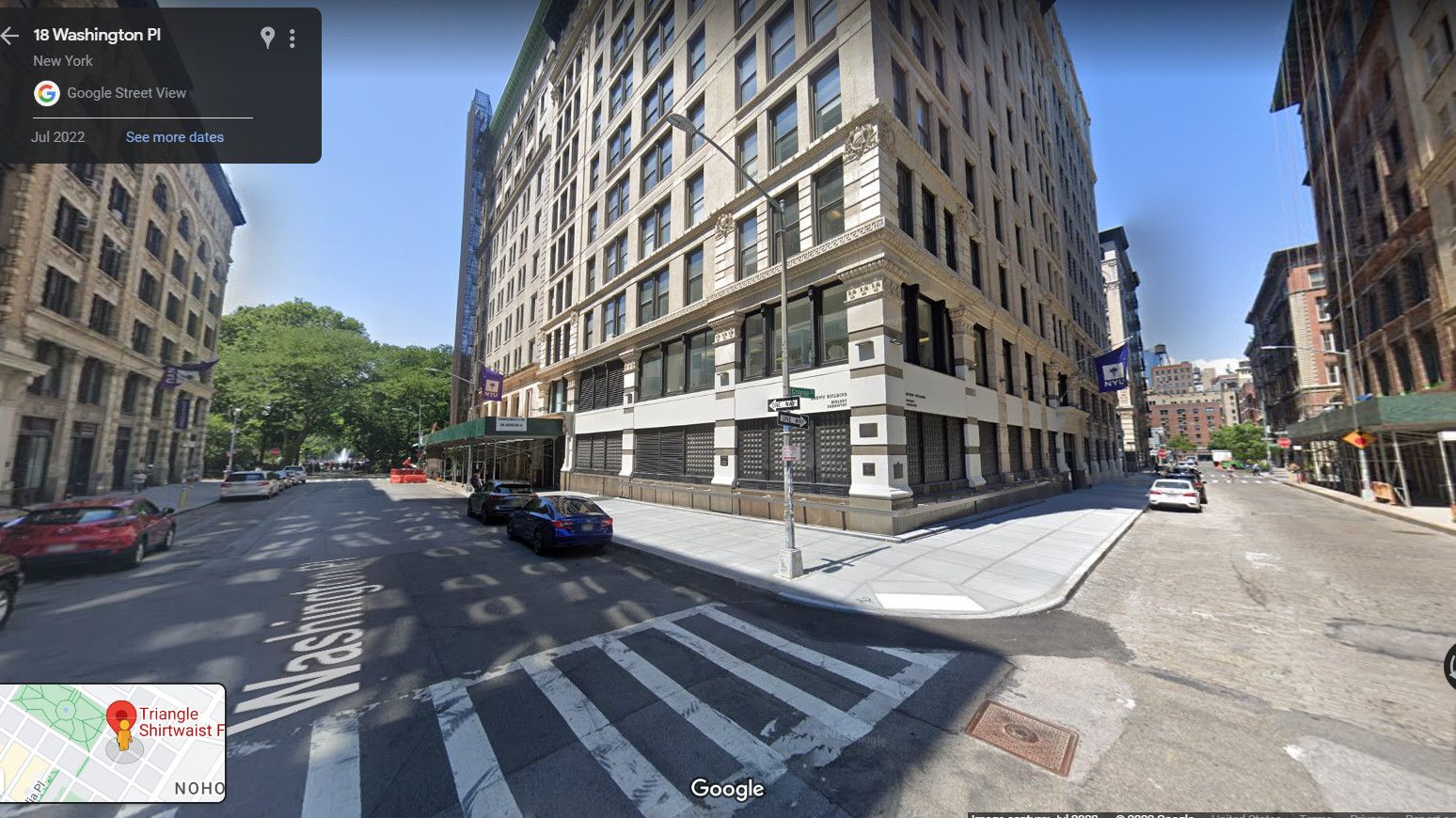
Convergence of disaster is a frequent theme that preoccupies me. It's the central premise of my 2016 novel The Valley of Forever, and I touch on the theme in my video essay on the meaning of the Titanic disaster of 1912, in which I also mention Jung. Large-scale, mass-casualty disaster is an indelible condition of life in any age of history including our own. Our human response to disaster tests our psyches, and our morality, in sometimes torturous ways. We can rage and lament at the lethal stupidity of nightclub owners who intentionally blockade fire exits, or careless workmen who blithely ignore obvious fire hazards--both errors of judgment that wrought significant havoc in the year 1942 in two separate fire-related tragedies, the Cocoanut Grove fire in Boston and the Normandie disaster, respectively. We press for new laws, stricter codes, better enforcement--and then turn around and elect right-wing politicians who blame national problems on "too much regulation." Obviously we have a societal need to do what we can to prevent preventable disasters, but psychologically we also seem to have a need to absolve ourselves of responsibility for our collective complicity in causing them.
This has to account for why New York learned so little about sweatshop fire hazards between 1911 and 1958. Codes and inspections and sprinklers do save lives, but note the horrifying similarities between Triangle and Monarch: broken bodies on the pavement, charred human remains found under tables where employees dove for cover, the same kind of legal recriminations swirling in the wake of the disaster. There are the less tangible and less rational convergences too. Both occurred in late March. Both fires began in the same hour of the day, between 4:00 and 5:00 PM. The buildings where they happened even resemble each other. History is perhaps trying to tell us something.
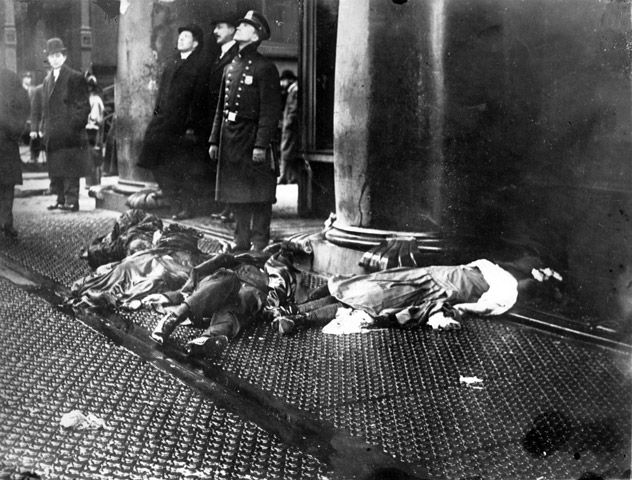
Both the buildings were the Triangle and Monarch fires broke out still exist today, retooled for different purposes; the old Triangle factory is today part of New York University, while the Monarch edifice is just another nondescript city block, currently under renovation, with a Chipotle fast food franchise and a stereo shop nearby. You could walk by these buildings, on these streets of fire, without ever being aware of the human tragedies that happened there. Yet I think places like New York maintain a sort of collective unconscious--definitely a Jungian concept--onto which these disasters are indelibly imprinted. We may not remember, but the streets and buildings do. They may yet remind us again someday of what we hasten to forget.
The Value Proposition
Why should you be reading this blog, or receiving it as a newsletter? This is why.
☕ If you appreciate what I do, buy me a virtual coffee from time-to-time to support my work. I know it seems small, but it truly helps.
📖 You could also buy my newest book.
🎓 Like learning? Find out what courses I’m currently offering at my website.
📽 More the visual type? Here is my YouTube channel with tons of free history videos.

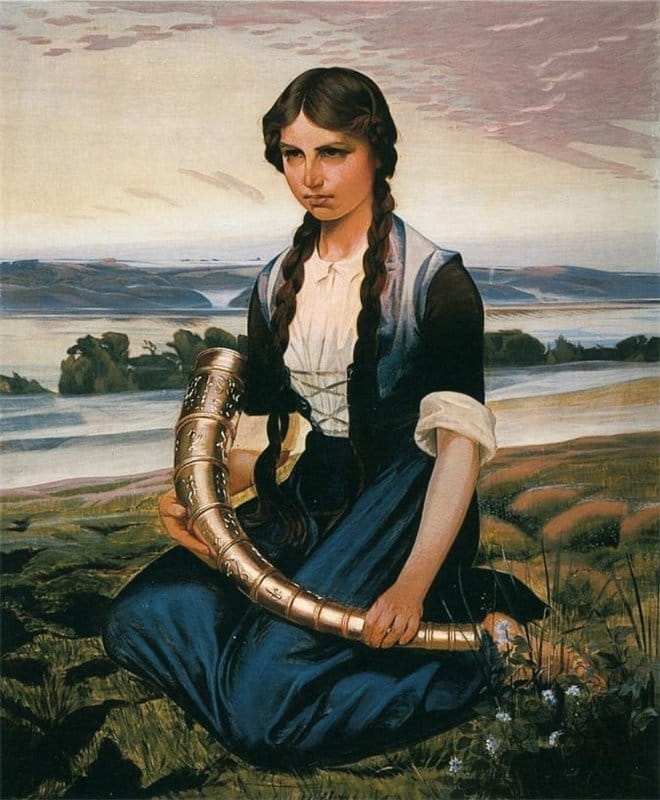

Comments ()